Overview; the Malaria Crisis
Overview; the Malaria Crisis
Every 75 seconds, a child under five dies of Malaria. Many of these deaths are preventable and treatable. In 2021, there were 247 million Malaria cases globally that led to 627,000 deaths in total. Of these deaths, 74 per cent (416,000) were children under 5 years of age. This translates into a daily toll of nearly 800 children under age 5.
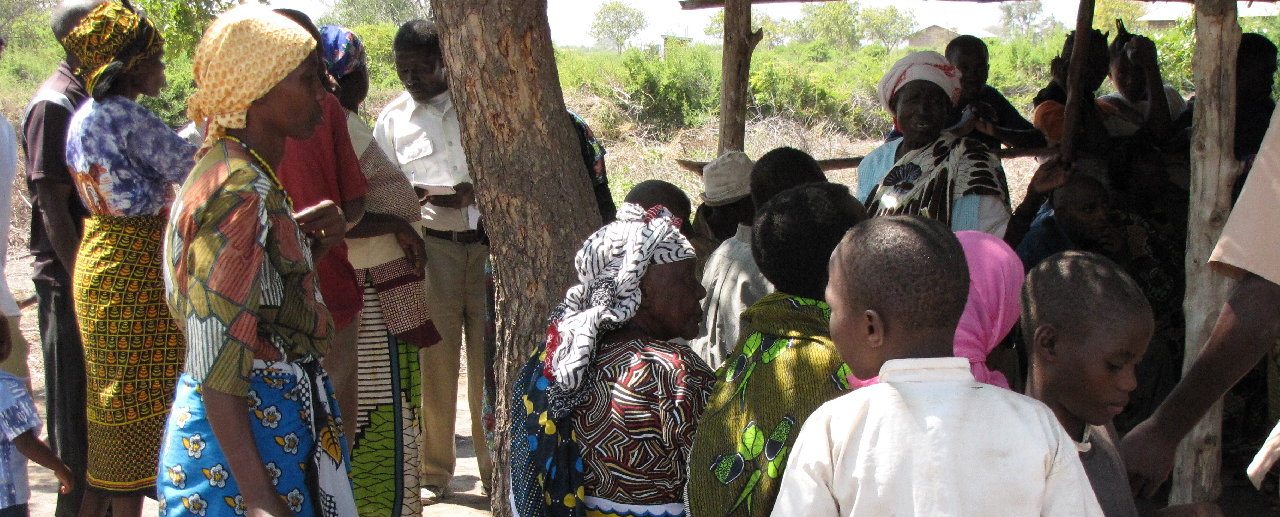
Malaria is an urgent public health priority. The disease and the costs of its treatment traps families in a cycle of illness, suffering and poverty. Today, nearly half of the world’s population, most of whom live in Africa, are at risk for developing Malaria.
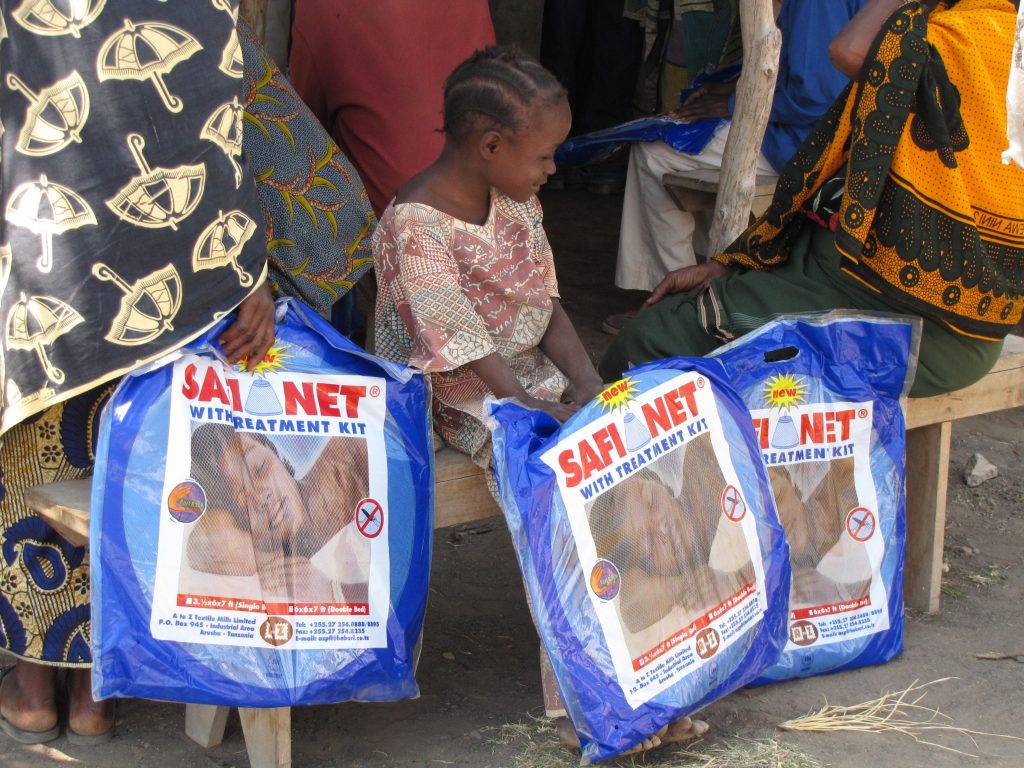
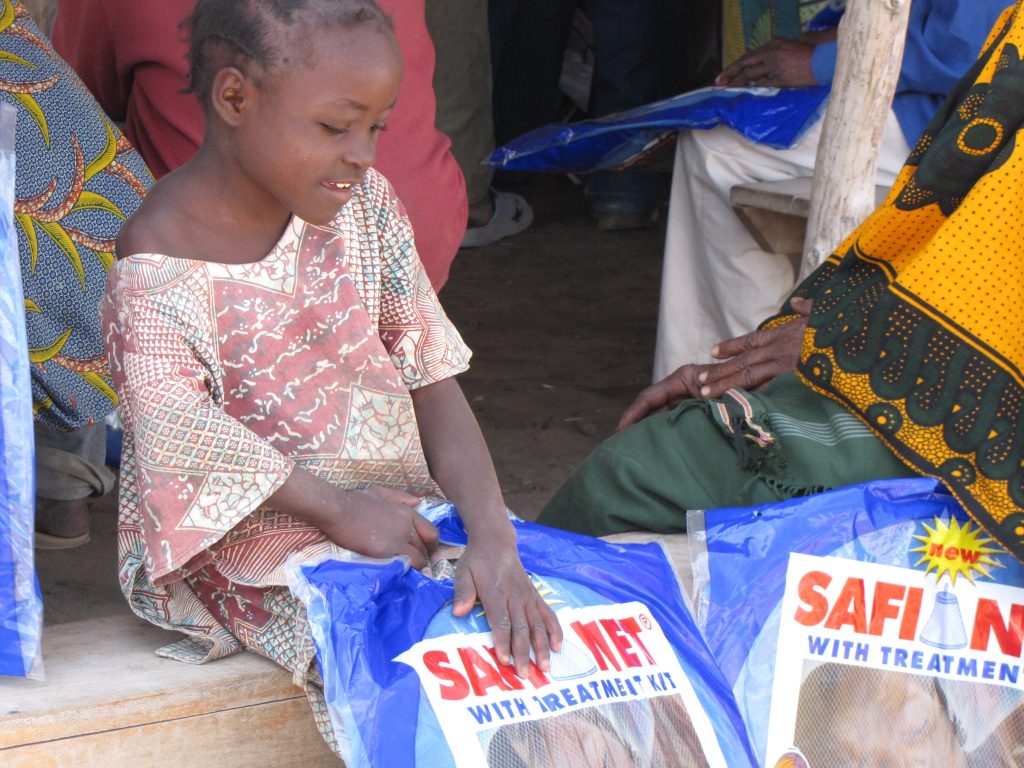
Despite Malaria’s heavy toll on health and economy, major inroads were made against the disease from 2000 to 2019 because of stepped-up funding. Between 2000 and 2019, Malaria mortality rates among all ages went from about “30 to 13 per 100,000” population at risk.
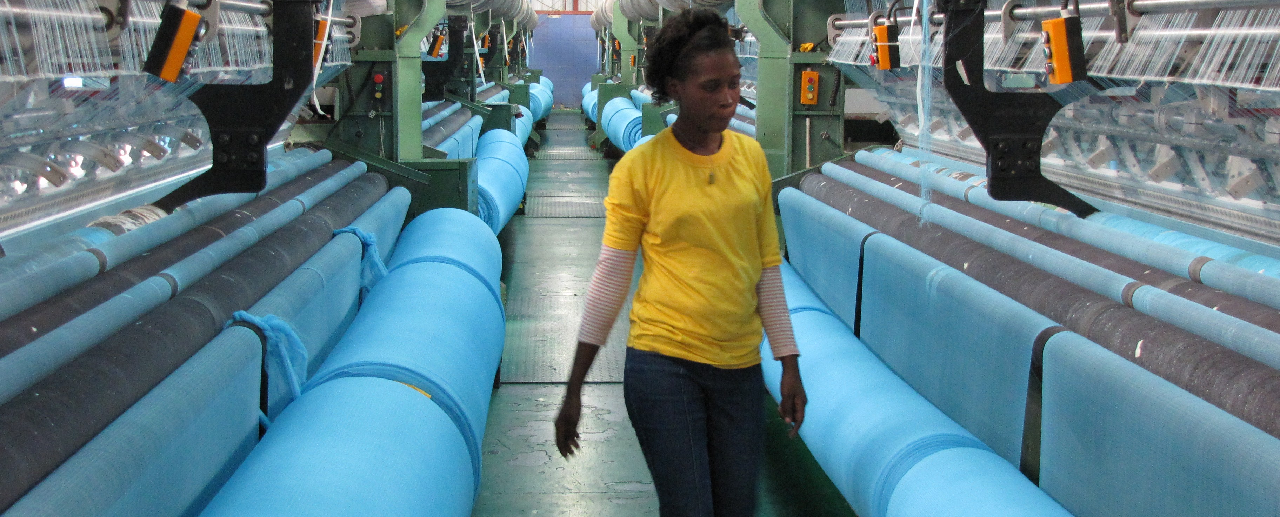
During this period, Malaria deaths among children under 5 also declined by nearly half from 781,000 in 2000 to 416,000 in 2019. Sadly, however, the Malaria mortality rate for all ages increased in 2020 to “15 per 100,000” population at risk, in part due to the COVID-19 pandemic.
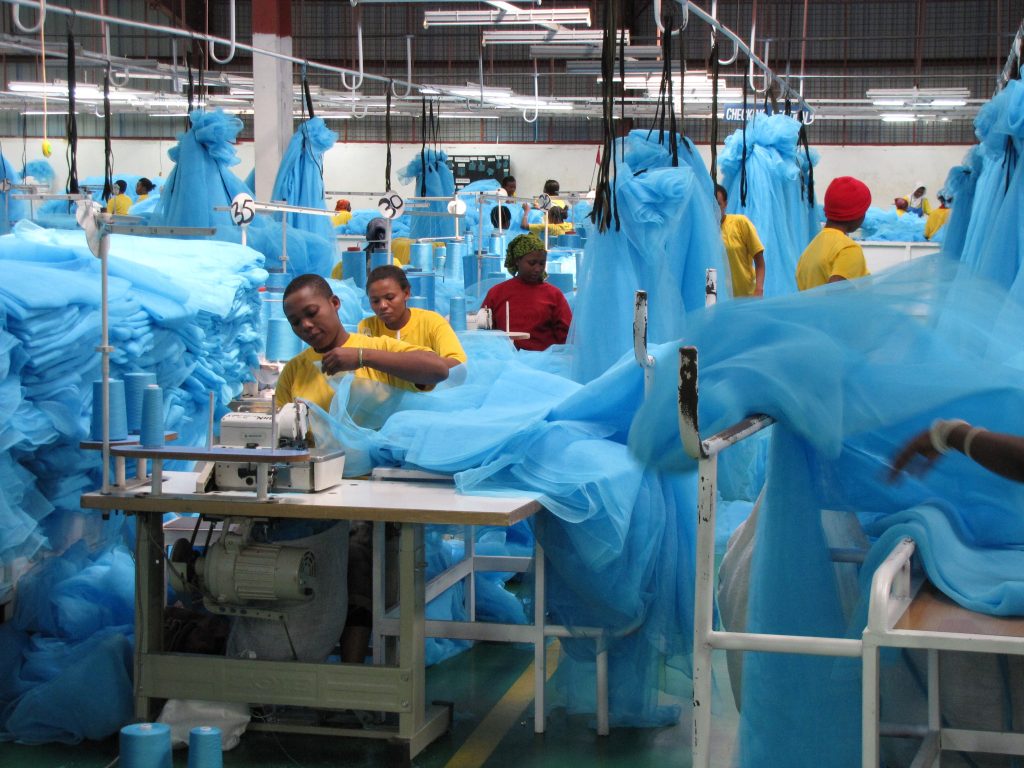
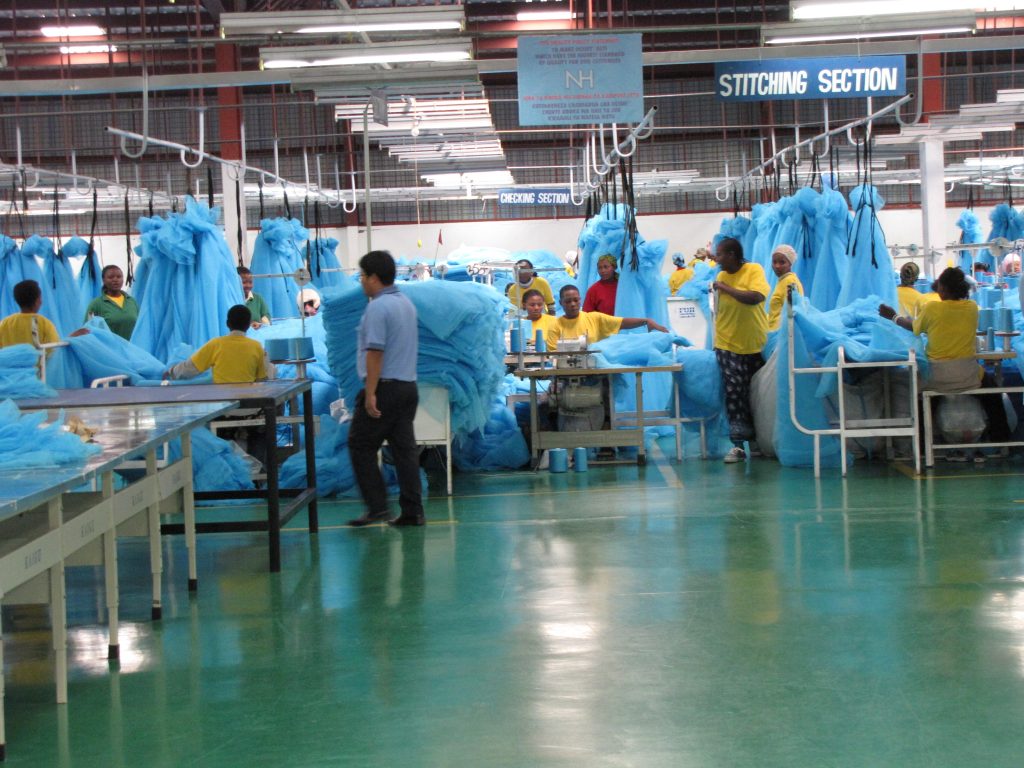
Success in the fight against Malaria is fragile and closely tied to sustained funding. In recent years, there has been a plateau in the funding of the global Malaria response. In 2020, the total international funding for Malaria control and elimination was $3.3 billion – less than half of what was needed. To achieve the goal of a Malaria-free world, annual funding would need to more than double to reach the $6.8 billion target.